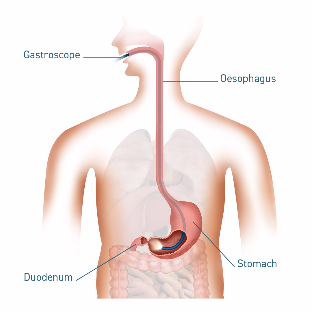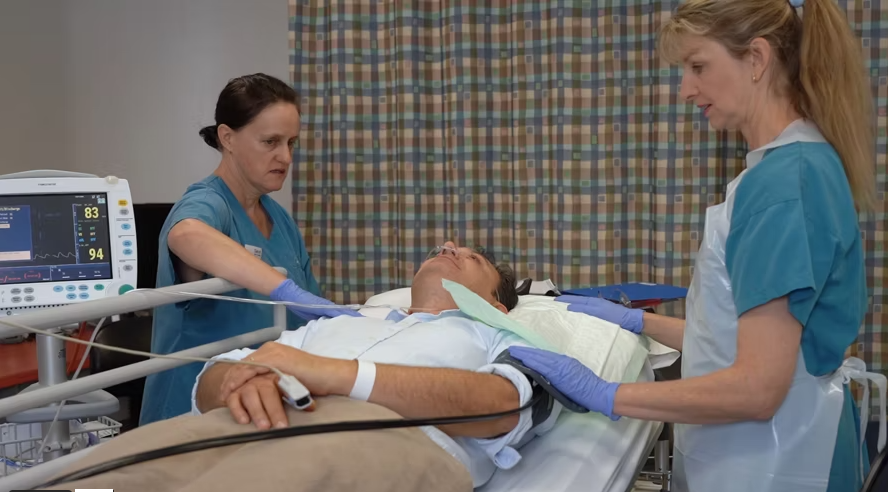- Track your orders
- Save your details for express checkout
Gastroscopy
What is a gastroscopy?
A gastroscopy is a test that allows your specialist (doctor) to look at the lining of your gut (upper digestive tract) to see if there are any abnormalities or disease. This is done using a soft, bendable tube called an endoscope. The endoscope has a camera and light on the end. Your specialist will pass the endoscope into your mouth, down the food pipe (oesophagus) to your stomach and first part of the small intestine (duodenum). Pictures of the inside of your gut will then be seen on a video screen.What happens during a gastroscopy?
You can stay in your own clothing and your nurse will take you to the room where you will have the gastroscopy. To help you relax and be as comfortable as possible, the back of your throat will be sprayed with a local anaesthetic. You may be given a sedative as an injection through a vein in your hand. The medicine may make you feel sleepy and afterwards you might not remember having the test.
You will be asked to lie on your side and put a plastic mouth guard between your teeth. This protects your teeth and stops you biting the endoscope. Your specialist will ask you to swallow the first part of the endoscope. Your specialist will pass the endoscope gently down your food pipe, into your stomach and the first part of the intestine. Your specialist watches the video screen for anything unusual. Gas is passed down a channel in the endoscope into the stomach to make the stomach lining easier to see. This may make you feel full and want to belch.
Your specialist may pass an instrument through the endoscope and take a very small piece of the gut lining (biopsy). This should not be painful. The biopsy can be looked at under a microscope to identify many conditions and your specialist may take a biopsy even if cancer is not thought to be the problem. The endoscope is then gently pulled out.
A gastroscopy takes about 10 minutes. (It can be uncomfortable but it is not usually painful).
After having the procedure
If you have had sedation you must be taken home by a responsible friend or family member and be cared for that day and night, or have someone on hand in case of any problems.
For at least 12 hours after sedation you must not:
- Drive a car or motorcycle (this is against the law)
- Operate machinery
- Make any important decisions or sign any legal contracts (the medicine used may temporarily reduce your understanding/impair judgment)
- Drink any alcohol or take sleeping tablets.
Will I need to stay overnight at the hospital?
A gastroscopy is a day-stay procedure, which means you can go home after the test. You must be taken home by a responsible friend or family member and be cared for that day and night, or have someone on hand in case of problems.
For more information on what to expect before and after your gastroscopy, please click on the links below to download our information pamphlets.



